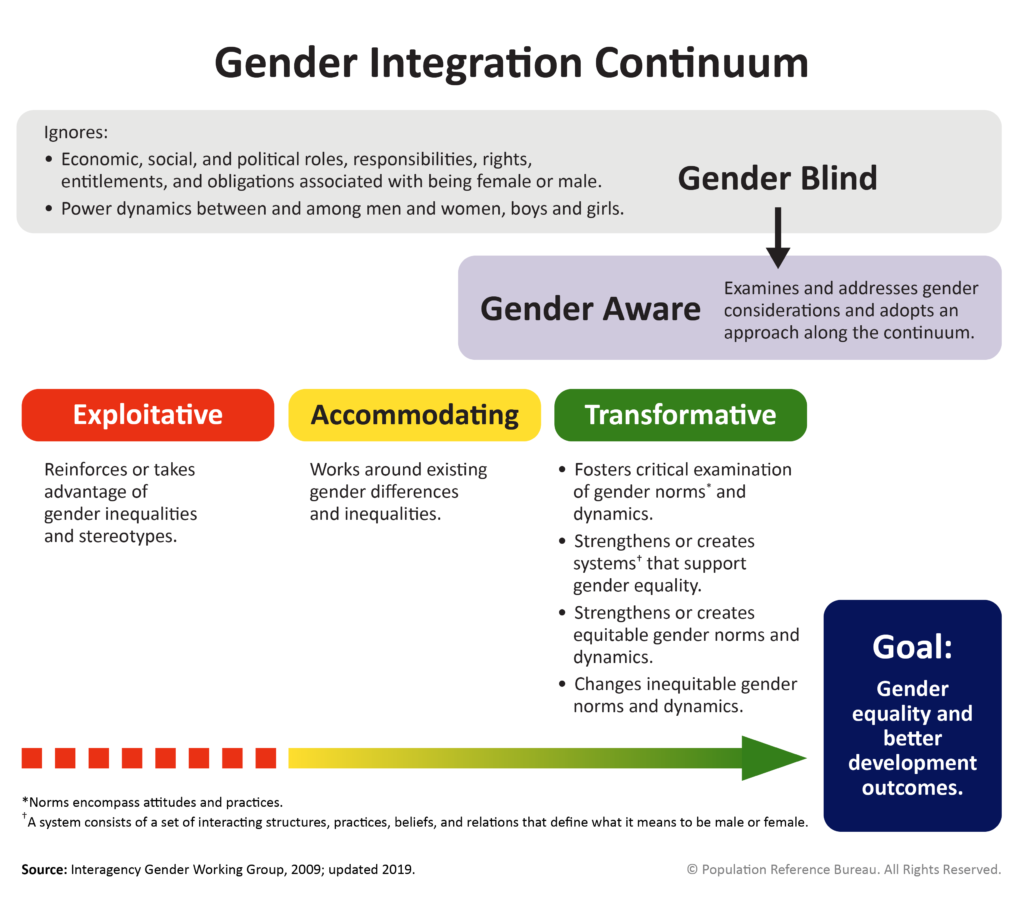Women as WASH Leaders: Achieving Equitable Access to WASH Services in Ghana
USAID’s Water for Africa through Leadership and Institutional Support (WALIS) is working to bolster gender equality and social inclusion (GESI) in the WASH sector with the newly awarded grant, “Strengthening the Role of Women in WASH Leadership and Decision-Making in Ghana.” Under this grant, WALIS is working with Water & Sanitation for the Urban Poor (WSUP) to support the organizational development of a women’s professional network (WiWASH) and work with two utility partners to develop gender-sensitive policies and procedures and provide training for staff.


